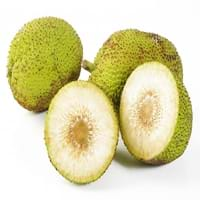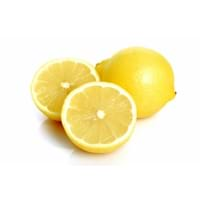Health Benefits
Cancer prevention, Heart care, Maintains healthy cholesterol level, Treatment of skin Diseases
Arthritis treatment, Asthma treatment, Cancer prevention, Kidney stone treatment, Prevents constipation, Purging blood, Treatment of rheumatism
General Benefits
Boosts immune system, Digestive aid, Helps in weight loss, Maintains healthy cholesterol level
Boosts immune system, Cures headache, Cures fever, Digestive aid, Flu treatment, Maintains healthy cholesterol level, Treatment of common cold
Skin Benefits
Anti-aging benefits, Skin rejuvenation, Treatment of skin diseases
Heals sunburn, Reduces wrinkles, Skin rejuvenation, Treatment of acne, Treatment of skin diseases
Hair Benefits
Protects hair, Regulates hair growth, Treatment of dandruff
Prevents hair loss, Treatment of dandruff
Allergy Symptoms
Hives, Inflammation of nose, Swelling of mouth, tongue or lips
Eczema, Hives, Inflammation, Itching, Skin rash, Swelling
Side Effects
Allergic reaction
Diuretic effects, Heart burn, Tooth decay, Chances of sunburn
Best Time to Eat
Along with meal, As a snack in the late afternoon, Don't consume at night and before bed, Don't eat after meal
Along with meal, Best to drink lemon water on an empty stomach., Don't consume at night and before bed
Vitamin B5 (Pantothenic Acid)
Vitamin C (Ascorbic Acid)
Vitamin K (Phyllochinone)
Calories in Fresh Fruit with Peel
Not Available
Not Available
Calories in Fresh Fruit without Peel
Calories in Frozen Form
Not Available
Calories in Dried Form
Not Available
Calories in Canned Form
Not Available
Calories in Jam
Not Available
Type
Fruit vegetable, Tropical
Citrus, Tree fruit
Season
All seasons
All seasons
Varieties
Koqo, Tamaikora, Temaipo, Uto Kuro, Samoa, Buco Ni Viti and Kulu Dina
Avalon Lemon, Bears Lemon, Buddha's Hand, Bush Lemon, Citron, Eureka Lemon, Dorshapo Lemon, Finger Citron and Fino Citron
Color
White, Yellow
Yellow, Yellowish-orange
Inside Color
White
Yellow
Origin
South Pacific
China, India
Soil Type
Loam, Sand, Sandy loam, Well-drained
Well-drained
Climatic Conditions
Humid, Rainfall, Warm
Hot, Sunny
Facts about
- The milky sap of breadfruit tree is used as glue & bark is used to make papers.
- Breadfruit tree produces 1st fruit after 2-3 years from planting & remains productive for decades.
- The seeds of breadfruit are edible.
- Oil extracted from lemon peels is used for fingerboard of guitars.
- During Renaissance, ladies used lemons to redden their lips.
- Aroms of lemon decreases the level of stress hormones.
Top Producer
Jamaica
China
Other Countries
Africa, India, United States of America
Argentina, Brazil, India, Iran, Italy, Mexico, Spain, Turkey, United States of America
Top Importer
United States of America
United States of America
Top Exporter
Jamaica
Mexico
Botanical Name
Artocarpus altilis
Citrus limon
Synonym
Artocarpus communis or Artocarpus incisa
Not Available
Subkingdom
Tracheobionta
Tracheobionta
Division
Magnoliophyta
Magnoliophyta
Class
Magnoliopsida
Magnoliopsida
Subclass
Magnollidae
Rosidae
Species
A. altilis
C. limon
Generic Group
Mulberry
Citrus fruit
Difference Between Breadfruit and Lemon
We might think that Breadfruit and Lemon are similar with respect to nutritional value and health benefits. But the nutrient content of both fruits is different. Breadfruit and Lemon Facts such as their taste, shape, color, and size are also distinct. The difference between Breadfruit and Lemon is explained here.
The amount of calories in 100 gm of fresh Breadfruit and Lemon with peel is Not Available and Not Available and the amount of calories without peel is 103.00 kcal and 29.00 kcal respectively. Thus, Breadfruit and Lemon belong to High Calorie Fruits and Low Calorie Fruits category.These fruits might or might not differ with respect to their scientific classification. The order of Breadfruit and Lemon is Rosales and Sapindales respectively. Breadfruit belongs to Moraceae family and Lemon belongs to Rutaceae family. Breadfruit belongs to Artocarpus genus of A. altilis species and Lemon belongs to Citrus genus of C. limon species. Beings plants, both fruits belong to Plantae Kingdom.









